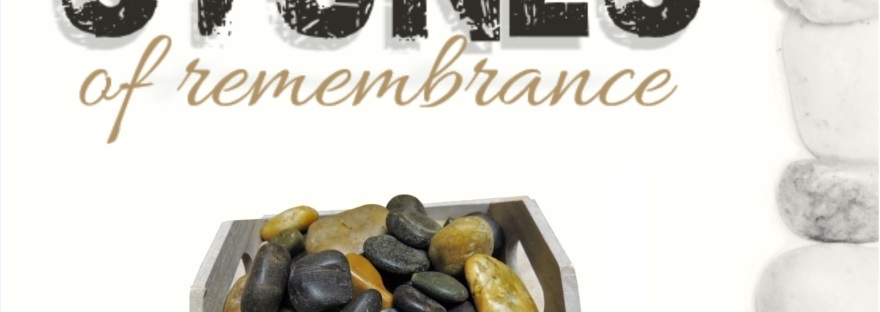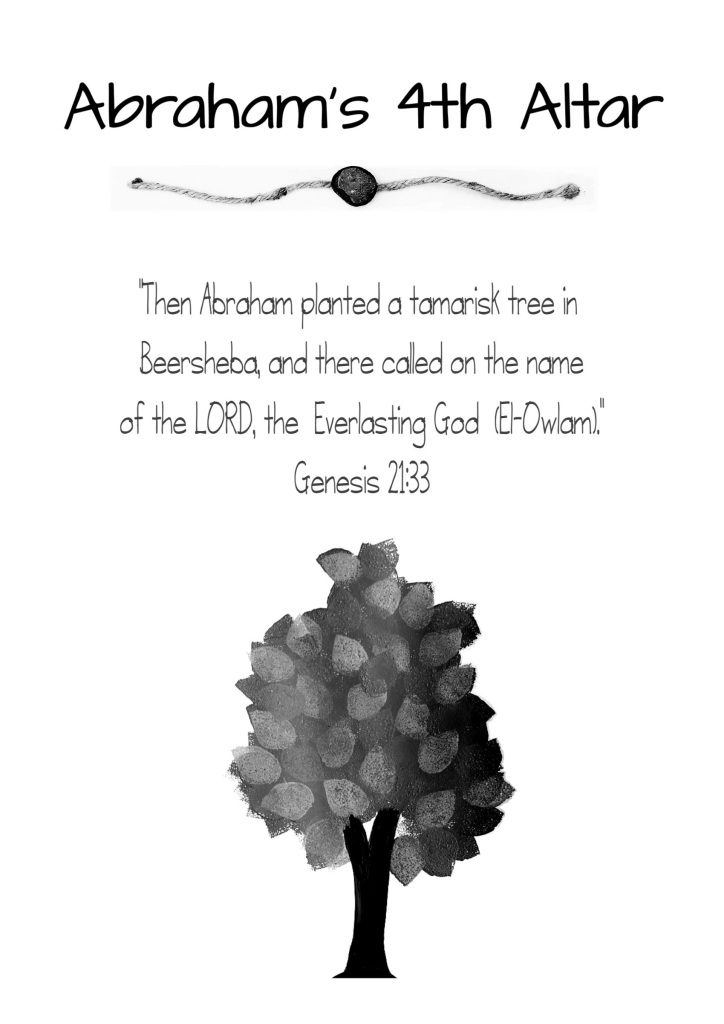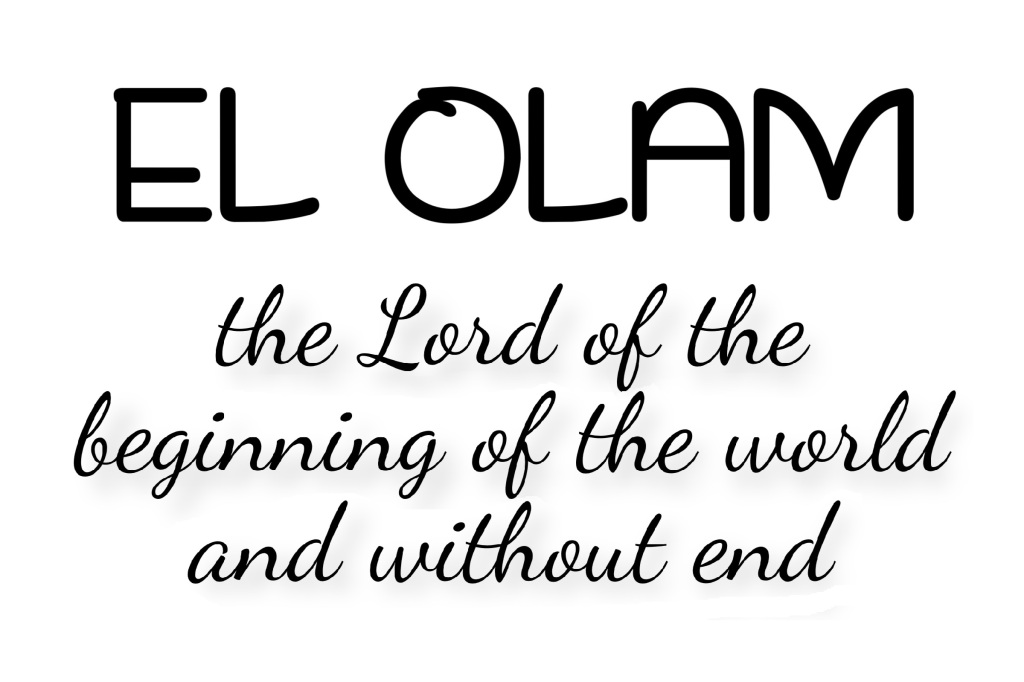Let’s talk about it…
Who made a covenant at the well at Beersheba (vs 22, 27, 31)? What does the name Beersheba mean (21:31)? Where is it located on the map?
Here is a wonderful video tour of present day Tel Beersheva done by The Watchman – Erick Stakelbeck which aired on TBN November 15th 2019. Give it a watch.
What is a Tamarisk tree? (Click HERE and HERE for some really great insights)!
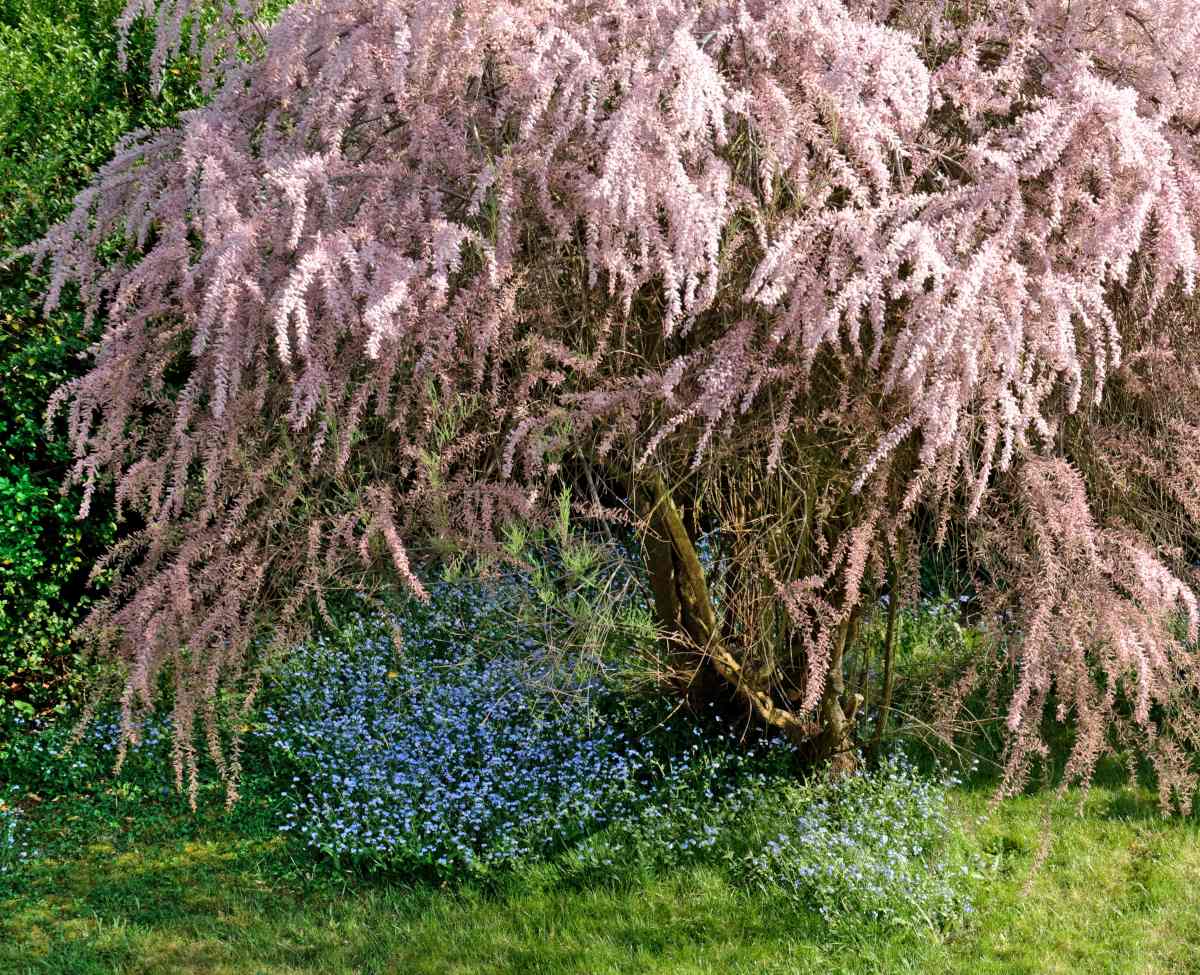
- What is the name of God that Abraham called on (21:33)? Find all the places in scripture where that name is used.
- What are all the names we’ve found for God to this point in the scriptures (Genesis 1:1-Genesis 21:33)? Have you been keeping track?
- Highlight all of them in your Bible with a purple colored pencil and write the Hebrew names in the margins beside the scriptures.
- Draw the symbol of an angel in the margin beside scriptures where angels are mentioned. If the word “angel” is capitalized in scripture, who might that Angel be? Draw a Jesus cross in the margin of those and color them purple.
- When God refers to Himself as “Us” draw a triangle in the margin beside those and color them purple.
- When the Spirit of God is mentioned, draw a little ghost with a halo in the margin, and color those purple.
- When the word “man” or “men” appear in scripture, but they are actually referring to spirit beings who presented themselves as a man or men, draw an angel or angels in the margin and color those yellow.
- When “sons of God” appears in scripture, highlight those in yellow and draw an angel in the margin next to those scriptures.
- Always draw a rock pile next to all rock-pile-altars in the scriptures and write the came given to it, if there is one, somewhere by it.
Where did Abraham stay (live) “for many days” (21:34)? What information do we know about the Philistines to this point? Pretty much only that they were descended from Ham (Gen. 10:13-14). According to my Unger’s Bible Dictionary they were probably members of the Aryan race. They formed a league of five great cities: Gaza, Ekron, Ashdod, Ashkelon, and Gath (along the Gaza strip), headed by five lords called seranim – the Hebrew word for “princes.” They worshipped Dagon “fish” represented with the hands and face of a man and the tail of a fish. They also worshipped Ashtaroth, and the Assyrian goddess of propagation, Ishtar (aka Inana). At their city of Ekron there was a sanctuary to Baal-zebub, “lord of habitation,” whose name in Greek became Beelzebub, the “ruler of the demons” (Matthew 12:24).
Personal application
I believe by knowing God’s names we know Him. Names in the Bible reflected a person’s character. Since this practice started with Adam – a human formed from the dust (adamah) of the earth, his name reflects a major picture of who he was. He called his wife Wo+man because she was flesh of his flesh and bone of his bones, but named her Eve, which means life or living, since she was the mother of all living. The name Cain meant aquire – Adam and Eve acquired a son. And the name Abel meant breath or nothing, which I suppose could mean his life was but a breath, a vapor, which was here today and gone tomorrow; his brother made him into nothing. Each name then is birthed out of knowing the person and having intimate experiences with God! Names seem to be prophetic. God’s name at Beersheba is El-Olam, Hebrew for “Everlasting God.” Elsewhere in scripture He is the God who “is and was and is to come,” without beginning or end (Colossians 1:15-18; Revelation 1:8; 3:14). The Alpha and Omega (Rev. 22:13), the First and the Last.
If Abraham could stay in the land of the Philistines “for many days,” and not be afraid or tempted, or overcome by evil, then we can have faith too, in our “valley of the shadow of death” circumstances, when it feels like we are surrounded by evil giants! God is our shield (of faith) and our exceedingly great reward! He is our Amen!
Project (an altar that I can build):
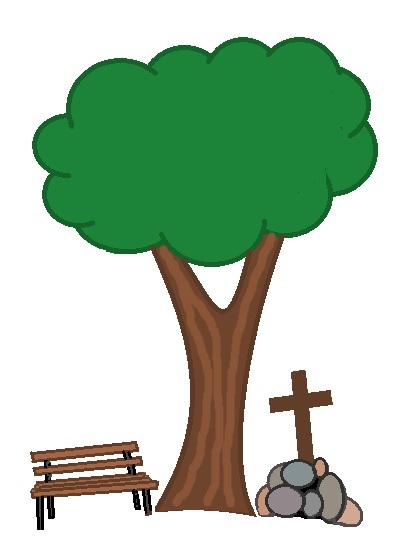
Plant a tree – a tamarisk tree is kind of an evergreen-like shrub-type tree and has very small and wispy fern-like leaves. It produces pink or white flowers mostly during the winter. It thrives in salty soil.
According to Plants of the Bible (ww2.odu.edu) trees were often used as memorials for great men. Therefore Abraham thought it appropriate to honor God by planting the tamarisk, and it seems appropriate that we could do the same. Abraham’s gesture was meant to be a permanent memorial of the covenant between himself and God. The tree that stands as a memorial of the covenant between us and God is the cross (Acts 10:39; Acts 5:30; Acts 13:29; Gal. 3:13; 1 Peter 2:24). For our memorial we could place a cross in the ground next to the tree that we plant, even make a sort-of prayer garden area out of it under the shade of that tree, setting a bench there too and even planting flowers in some pots! We could bury a box with a note inside that tells of “this tree being planted as a memorial to our great God” and include the cross of Christ scriptures. Neat for someone to find one day!
| “I have rejoiced in the way of Your testimonies, as much as in all riches.” Psalm 119:14 |

